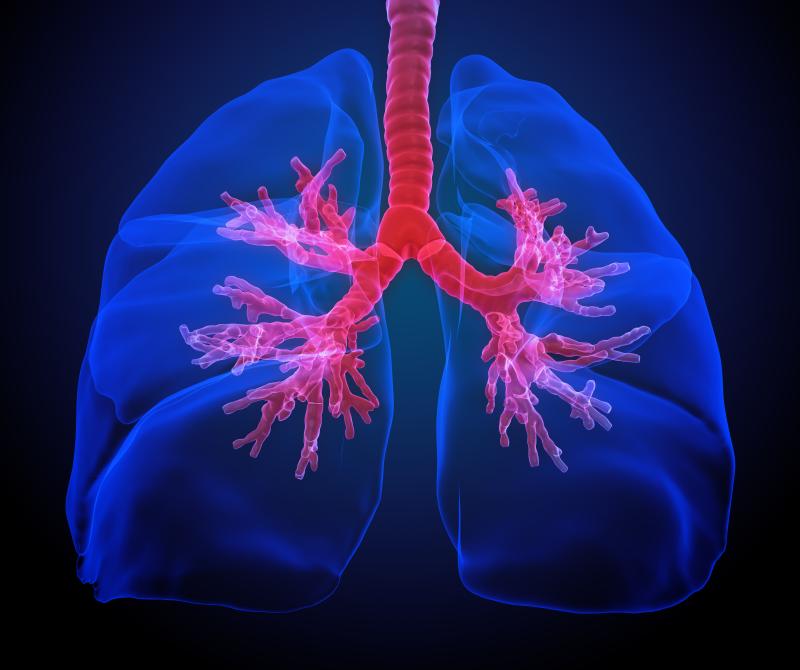
It appears that human rhinovirus (RV) can infect both the upper and lower airway epithelial cells (AEC), which can lead to cell death and inflammation, according to a recent study, noting that prophylactic treatment with azithromycin can lessen these harmful responses.
RV infection brought about significant cytotoxicity in both large and small AEC and caused a similar apoptotic response in both regions. A significant increase in receptor expression occurred in the large AEC only after viral infection. Moreover, there was an increase in viral replication in both large and small AEC, but it was not significantly different.
Prophylactic treatment with azithromycin led to a reduction in viral replication and in the production of inflammatory cytokines following infection.
“Findings provide further support for the prophylactic prescription of azithromycin to minimize the impact of RV infection,” the investigators said.
This study obtained matched large and small AEC from five lung allograft recipients. Primary cultures were established, and monolayers were infected with RV1b over time with varying viral titre. The investigators then examined cell viability, receptor expression, viral copy number, apoptotic induction and inflammatory cytokine production at each region. Finally, they assessed the effect of azithromycin on viral replication, induction of apoptosis and inflammation.
“RV is a common upper and lower respiratory pathogen in lung allograft recipients causing respiratory tract exacerbation and contributing towards allograft dysfunction and long‐term lung decline,” the investigators noted.